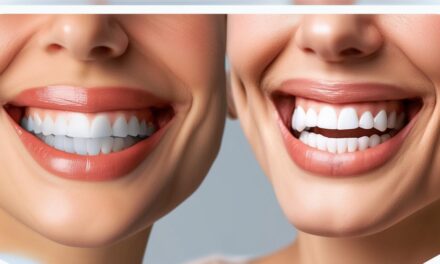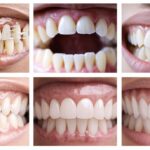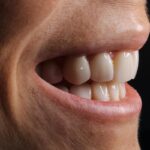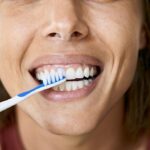People from all walks of life suffer from varying medical maladies. Celiac Disease, Diabetes, and Arthritis are three common disorders that, if not controlled, can greatly affect aspects of daily life. You might not realize that medical ailments can occur in your mouth as well. Muscle and TMJ disorder is one oral condition that can cause folks a great amount of daily discomfort.
Temporomandibular Joint (TMJ)
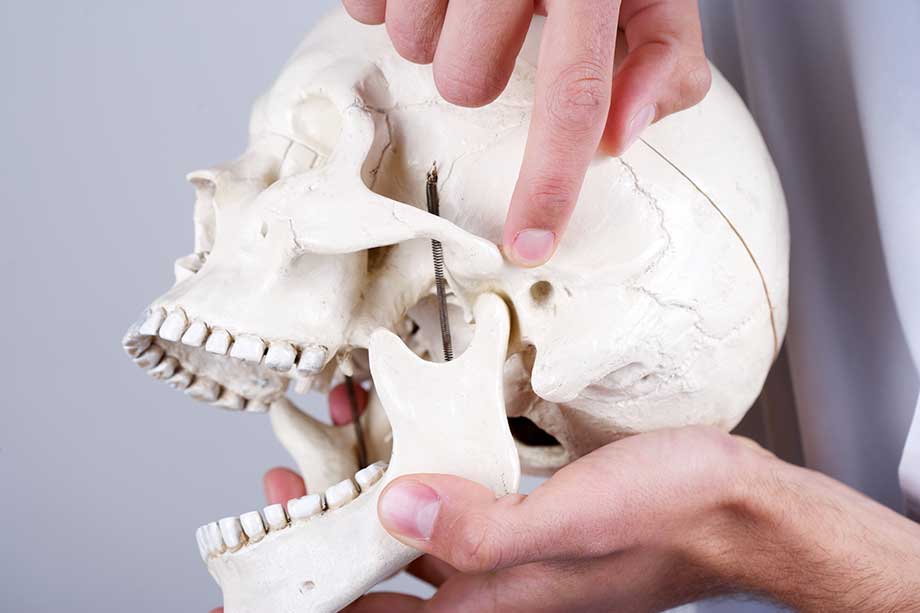
TMJ Disorders
Disorders of the temporomandibular joint are highlighted by jaw joint pain, pain in the surrounding tissues, and limited jaw mobility notes the TMJ Association. One or both TMJ joints can be affected. Besides speaking, chewing, and swallowing, breathing and making facial expressions can be affected depending on the severity of the disorder.
Pain from a temporomandibular disorder isn’t relegated to just the facial area. Other body parts can experience pain too. Some of those ailments include fibromyalgia, endometriosis, low back pain, irritable bowel syndrome (IBS), chronic fatigue syndrome, chronic headaches, and sleep disorders.
Approximately 35 million people in the United States, or 12 percent of the population, are affected by a TMJ disorder. Most of those people are women during their childbearing years. As the symptoms worsen, women account for nine out of ten afflicted people.
Causes of TMJ
The exact cause is difficult to determine in many TMJ cases according to The Mayo Clinic. But certain causes result from the way the temporomandibular joint functions. It acts like a sliding hinge. Cartilage covers the bone parts that come in contact with the joint, separated by a small disk.
The disk’s role is to keep the movement smooth by absorbing shocks from the contact. If that disk erodes or becomes misaligned, pain can result. A joint’s cartilage harmed by arthritis could also cause pain. Any type of physical impact on the joint can result in a TMJ disorder.
TMJ Symptoms
The Mayo Clinic also notes a couple of common factors that are symptoms of a TMJ disorder. The most common is pain. And that pain can manifest in multiple ways. Pain can occur in the jaw or in and around an ear. It can also arise in one or both temporomandibular joints. Pain can present itself when chewing food. You can also have facial pain. And, the joint can even lock resulting in an inability to open or close the mouth.
Besides pain, listen for a clicking sound when opening the mouth or chewing. You might also notice a grating sensation during those same movements.
Treatment Options
There are two categories of treatment options, according to the National Institute of Dental and Craniofacial Research (NIDCR); conservative treatments and irreversible treatments.
Conservative treatments are a possibility since common jaw and muscle issues are temporary and don’t worsen with time. Over-the-counter or a stabilization splint are possible options.
The main type of irreversible treatment is surgery. There is no evidence that surgical options are effective. And surgery on jaw joints can potentially cause severe jaw pain and permanent damage.
If you think you’re suffering from a TMJ disorder, consult a dentist. He can perform an oral exam, diagnose the problem, and help chart a proper course of action including non-surgical solutions.
The views expressed by the author do not necessarily reflect our opinion.



